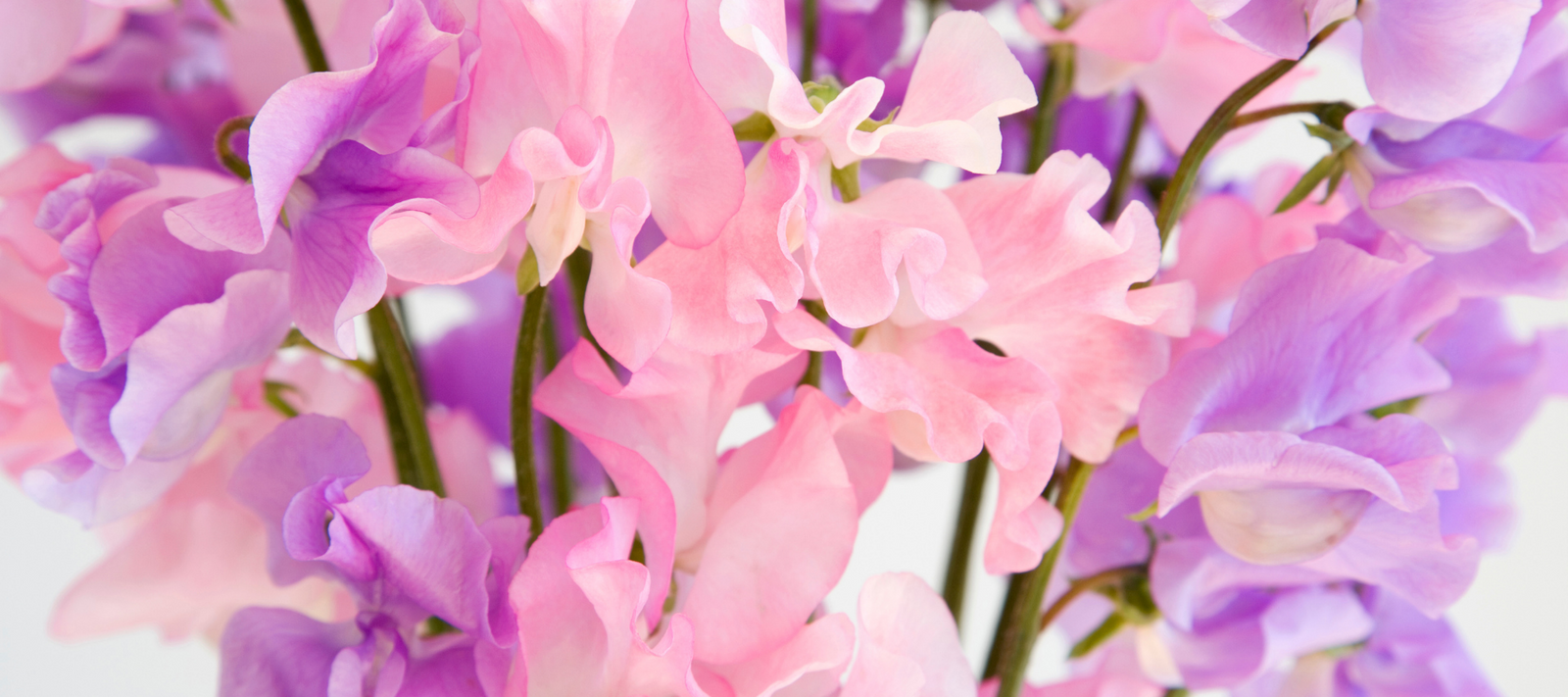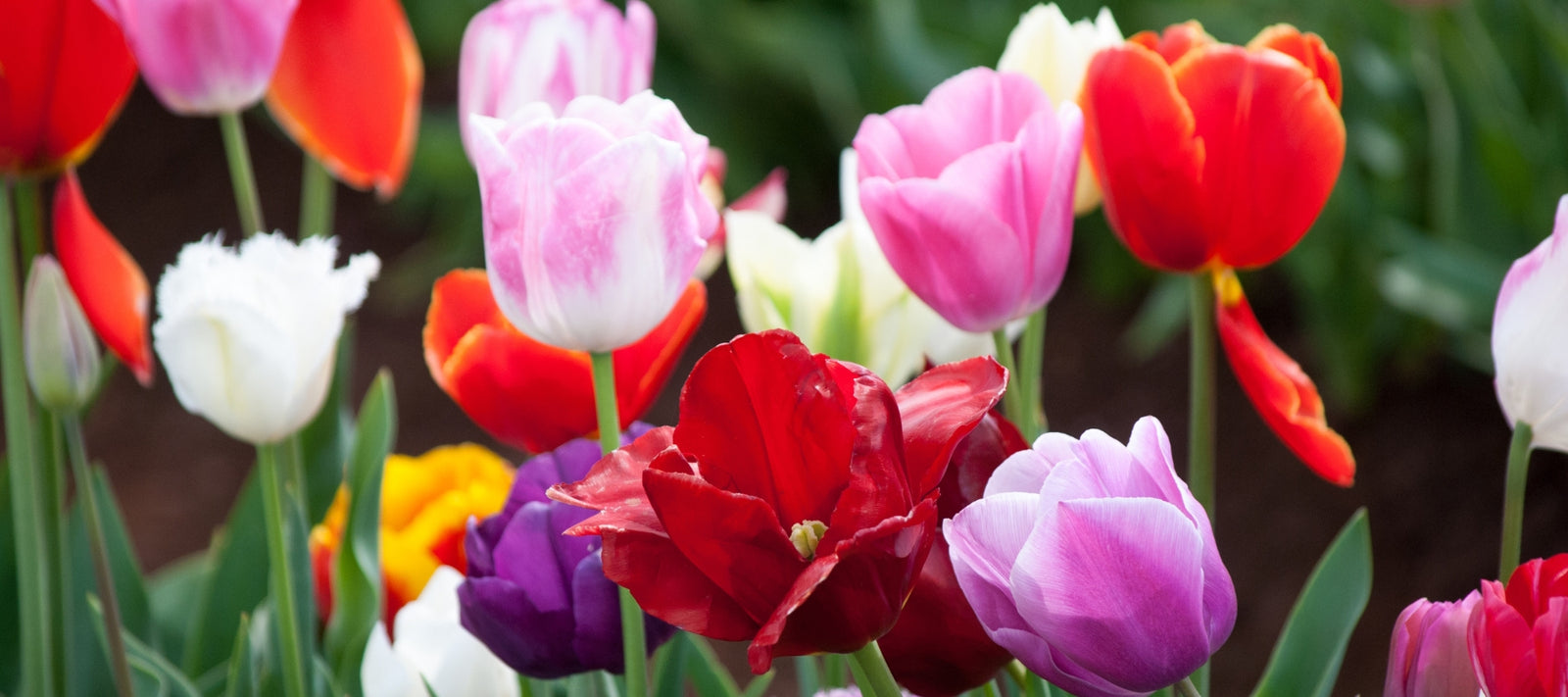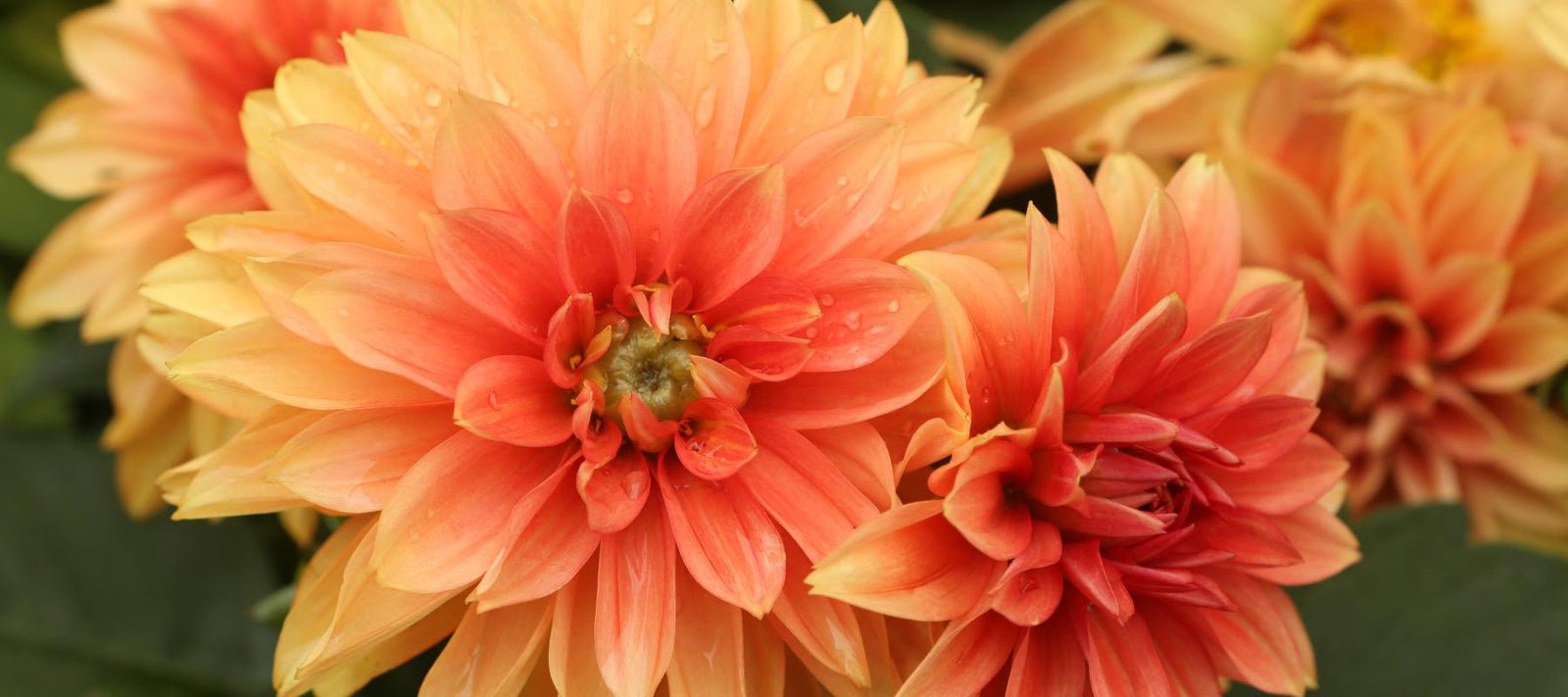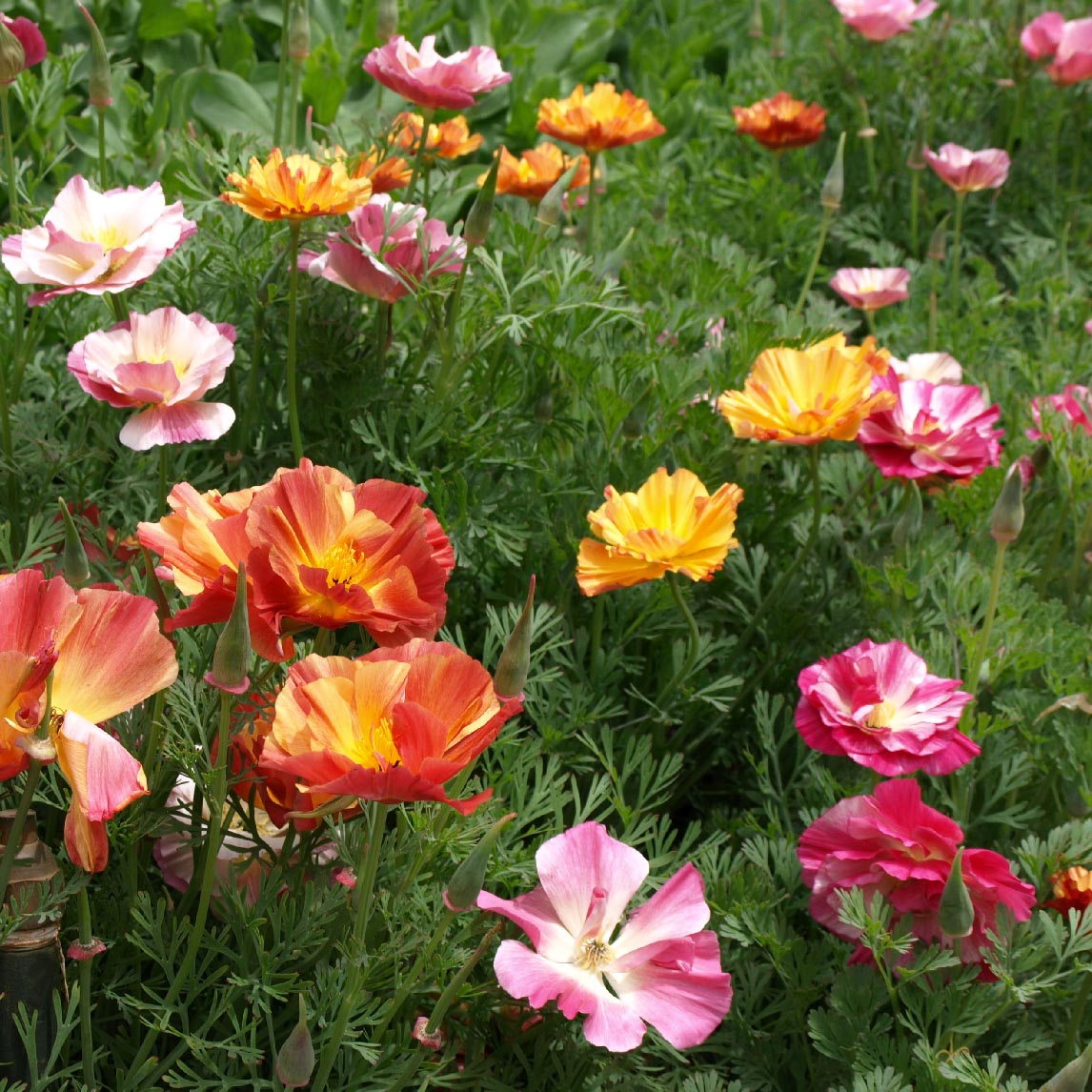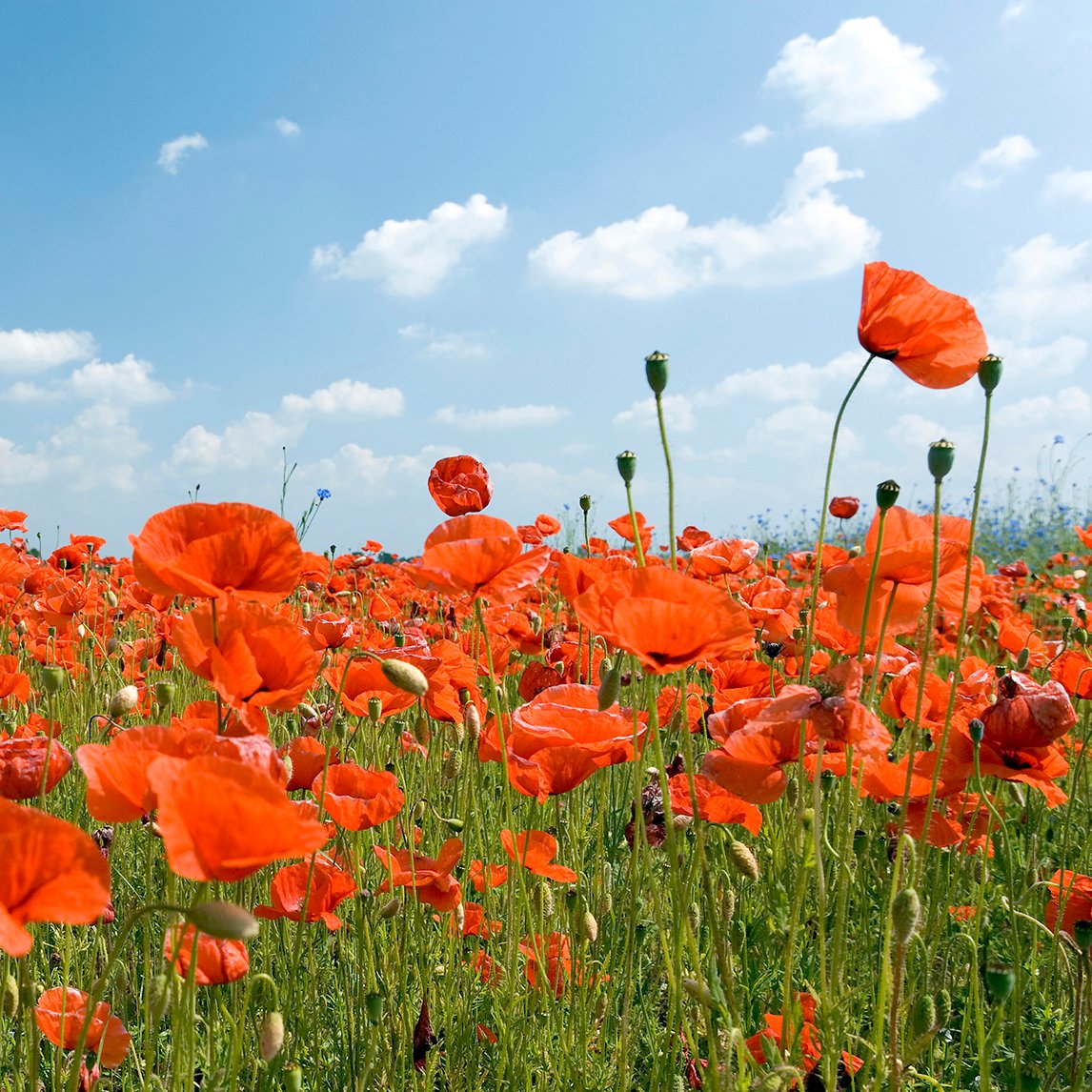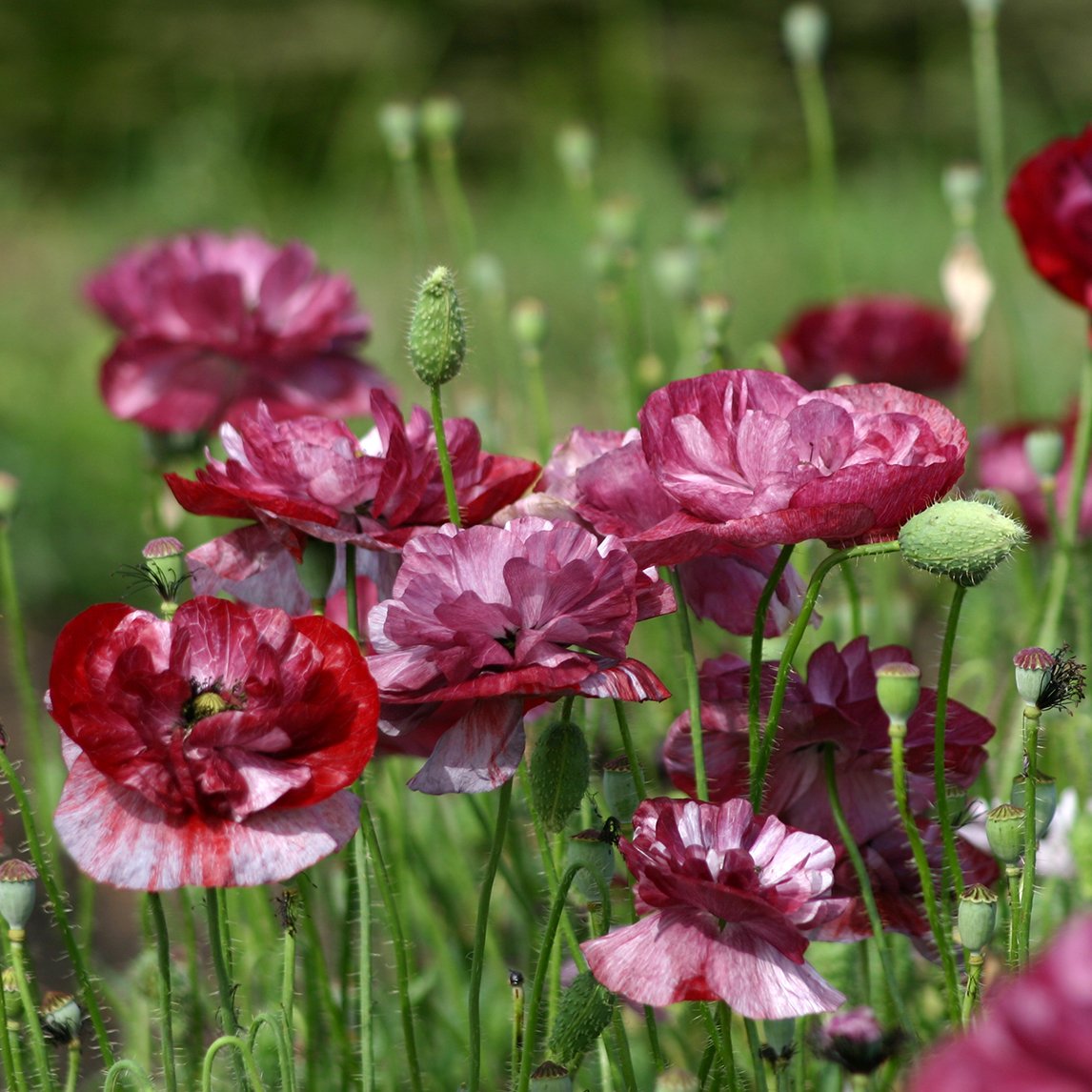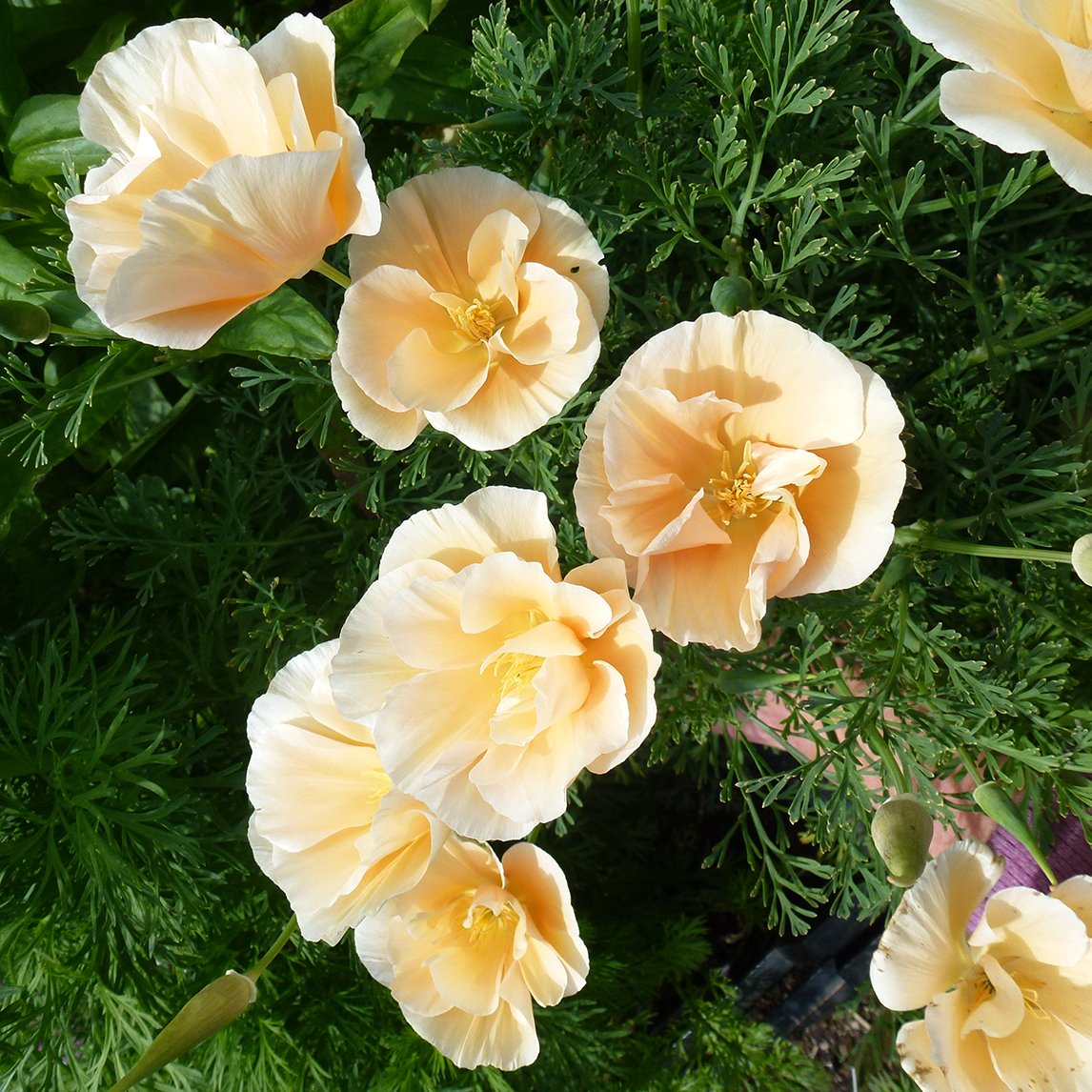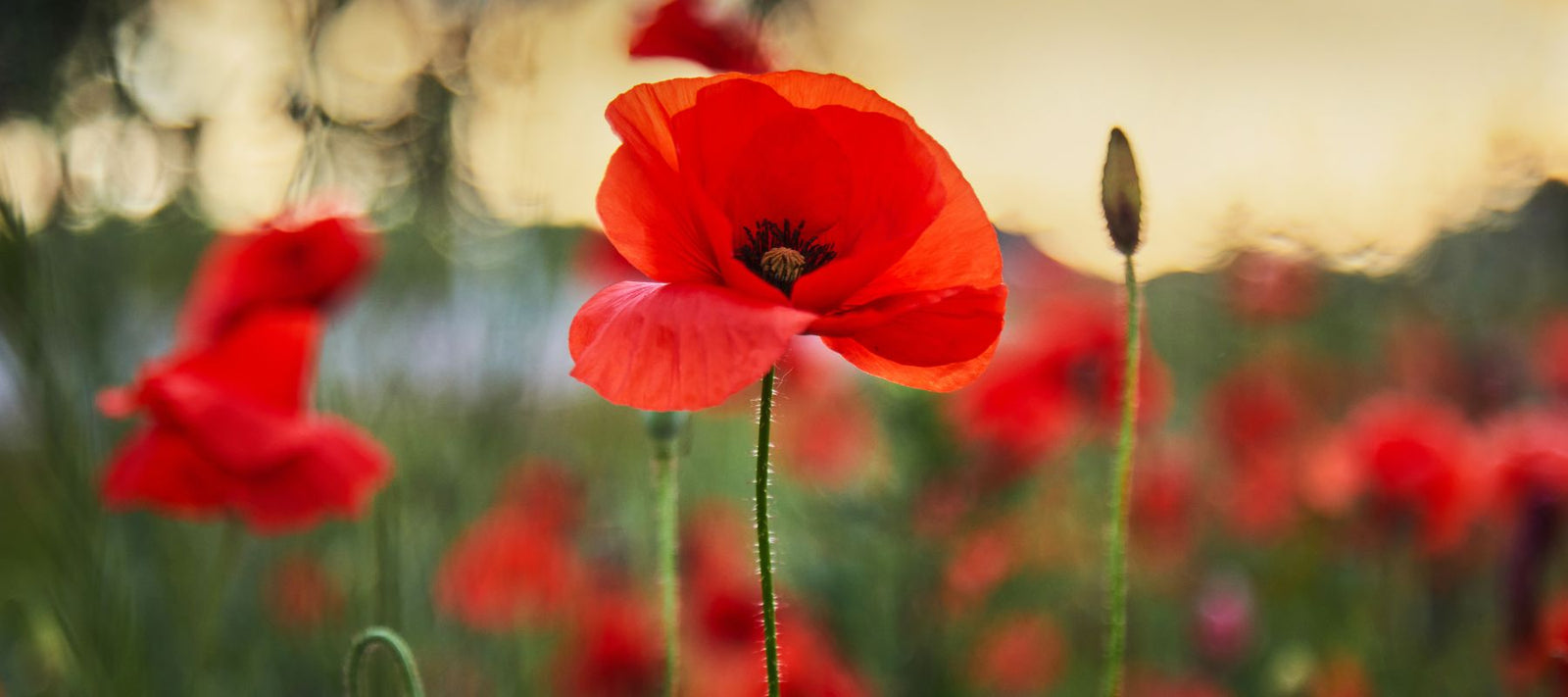
Poppies are one of the most loved flowers in our gardens. They get their name because the flower buds literally ‘pop’ open in the morning sun. They add colour, life and movement to a garden, and bees and other pollinators adore them. Poppies are bold, yet delicate, and come in an amazing array of colours to suit all garden palettes. The seed pods are stunning in themselves and add an extra element to ant flower bed. When poppies are happy in their position they often naturalise, popping up again year after year.
There are many different types of poppies and although many prefer a cooler climate, they can be grown in most regions around Australia if you choose the right variety, get your planting time right and choose those that suit your particular climate.
Types of Poppy
True poppies are from the genus Papaver, of which there are hundreds of species, many rare. Here are some of the more popular and easier to grow species:
Iceland Poppies (Papaver nudicaule)
If you haven’t grown poppies before, Iceland Poppies are a great one to start with. Technically they are perennial, but are short lived and they don’t like heat, so it’s usually grown as an annual or biennial. The petals have the texture of crepe paper and the flowers are great inside in a vase. Here’s a great tip when picking- as soon as the bud starts to show colour, plunge the bottom of the stems into boiling water then immediately into cold. This extends their life inside.
Shirley Poppies (Papaver rhoeas)
Also called Field Poppy, Corn Poppy or Common Poppy, these poppies are grown as annuals. The Shirley poppy was named after the town Shirley, as it was developed by the Reverend William Wilkes, who was the Vicar of Shirley (UK) in the late nineteenth century. They are easy to grow, come in a wonderful assortment of colours and put on a stunning display in early spring.
Flanders Poppies (Papaver rhoeas)
This red poppy has striking large flowers with black centres and are such great performers in that they are easy to grow and will happily self-sow and flower beautifully each year. They are a symbol of remembrance in Australia and New Zealand.

Peony Poppy/ Breadseed Poppy & Opium Poppy (Papaver somniferum)
Are also grown as annual poppies. The flowers have a soft texture and bear single or double blooms. The flowers are followed by stunning seed pods that are great in flower arrangements. If the pods are allowed to dry on the plant they will last inside indefinitely. Opium poppies were also once valued as a trusted source of medicine, while their sap was historically used to produce opium, the seeds themselves are completely harmless and often found sprinkled on bagels and baked goods today.
Oriental Poppies (Papaver orientale)
These are stunning perennial poppies that are popular for gardens and for growing as cut flowers. Their large flowers come in a wonderful array of colours- orange, pink, burgundy, salmon and white, and flower petals can be ruffled, crimped or shaggy. Unlike many other poppies, the oriental poppy will go dormant in the summer after flowering, only to reemerge the next spring with even more stunning flowers.
Then there are other genera in the family Papaveraceae, which are also classified as a variety of poppy:
California Poppies (Eschscholzia californica)
These are super easy to grow, love the sun and will flower extensively giving colour throughout early summer months. California poppies are hardy and will self-sow readily throughout the garden.
Californian Tree Poppies (Romneya coulteri)
The toughest and most beautiful of all poppies. Huge white scented papery blooms with golden central pom-poms are a highlight for up to 4 months. Divided grey-green foliage provides contrast and adds to the appeal of this vigorous and resilient perennial.
Himalayan Blue Poppy (Meconopsis betonicifolia)
The Himalayan blue poppy is one of the most sought after and popular plants for keen gardeners. The flowers are simply stunning, but these plants are tricky to grow. Enthusiasts believe they are worth the effort.

How to Grow Poppy Plants
Most poppies are grown from seed. Poppy plants are best grown in full sun but they will tolerate a little shade. Choose a location that will receive at least 6 hours of full sun each day.
Poppy plants like a well-drained, fertile soil enriched with plenty of organic matter. Prepare soil by weeding it thoroughly, digging it over to loosen it and adding aged animal manure or compost. Keep the area free of weeds until planting.
How to Sow Poppy Seeds
Poppies are frost hardy and can either be sown directly or sown into punnets and pricked out into individual pots then planted in the garden.
Poppy seeds do not require any treatment (eg soaking, stratification) before sowing.
Direct Sowing:
Step 1:
Scatter seeds in chosen position and cover lightly with fine well-drained soil or compost.
Step 2:
Keep soil moist as seeds germinate.
Step 3:
Seeds should germinate in around 7-21 days
Young seedlings will need protection from pests until they are established. Protection from snails when they are seedlings is a must.
Tip: Poppy seeds are very small. You can mix seeds with sand or fine potting mix as this will help with spacing. If necessary and plants are too thick, you can thin plants out and transplant elsewhere.
Growing poppies in pots:
Step 1:
Fill trays, punnets or jiffy pots with a good quality seed-raising mix
Step 2:
Sow seeds and cover lightly with seed raising mix.
Step 3:
Keep soil moist.
Step 4:
Seeds should germinate in around 7-21 days.
Step 5:
Once germinated, seedlings can be transferred into bigger pots. Poppy seedlings are tiny, so take care with both the fine shoots and root.
Once seedlings have grown and the roots fill the pot, they can be transplanted into the garden. Poppies develop a long tap root so best not to leave them in the pots too long before planting.

Growing Poppies
Poppy plants may need much water while growing if conditions are dry. Water when the soil is dry about 5 cm below the surface (test this by scratching away a little soil with your finger). Water deeply in the early morning or late afternoon. Avoid watering the leaves of plants to avoid fungal diseases. If soil was well prepared no extra fertiliser should be necessary. In poor soil you can apply a good organic liquid feed or pelletised fertiliser.
Pests and Diseases
Downy mildew- Leaves become blotched and yellow, sometimes with mould on underside. When watering, try to water roots rather than the foliage and make sure there is airflow around the plants. A copper spray is effective is necessary
Snails and Slugs- these leave large ragged holes, chew marks on leaf edges and silvery trails on leaves or ground. Eggshells, coffee grounds and organic controls can assist.
Aphids- new leaves are distorted and yellow, foliage and stems covered in sooty mould, insects crowded on young leaves and shoots. A simple soapy spray is a good combatant for aphids.
How to take care of poppies
Poppies are relatively low-maintenance, but a few simple care steps will ensure they thrive throughout their growing season.
Deadheading your spent poppy flowers will extend flowering time. Simply wait until petals have fallen off and trim the stem just below the spent flower or seed head. This encourages new blooms and prevents the plant from wasting energy on seed production.
However, if you're looking to collect seeds or use the distinctive seed capsules for decorations, allow the flowers to mature fully on the plant before harvesting. Regular watering and ensuring they get plenty of sunlight will keep your poppies healthy and vibrant all season long.
Self-Seeding and Seed Saving
Poppies can either be left in place to self-sow or seed can be collected when seed heads are ripe. These can be placed in paper bags and the seeds will drop. Seeds can then be separated from the chaff and stored in a cool, dry place before sowing next season. Poppy seed are tiny and there can be thousands in one seed capsule. They can be stored for a number of years but they germinate best when the seed is nice and fresh.
So plant some poppy seeds to bring colour and brightness to your garden, plus encourage bees and butterflies, all adding to biodiversity and creating ecosystems.



